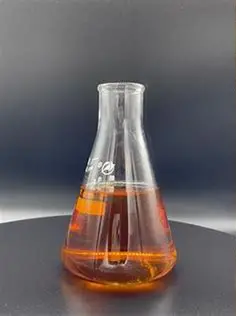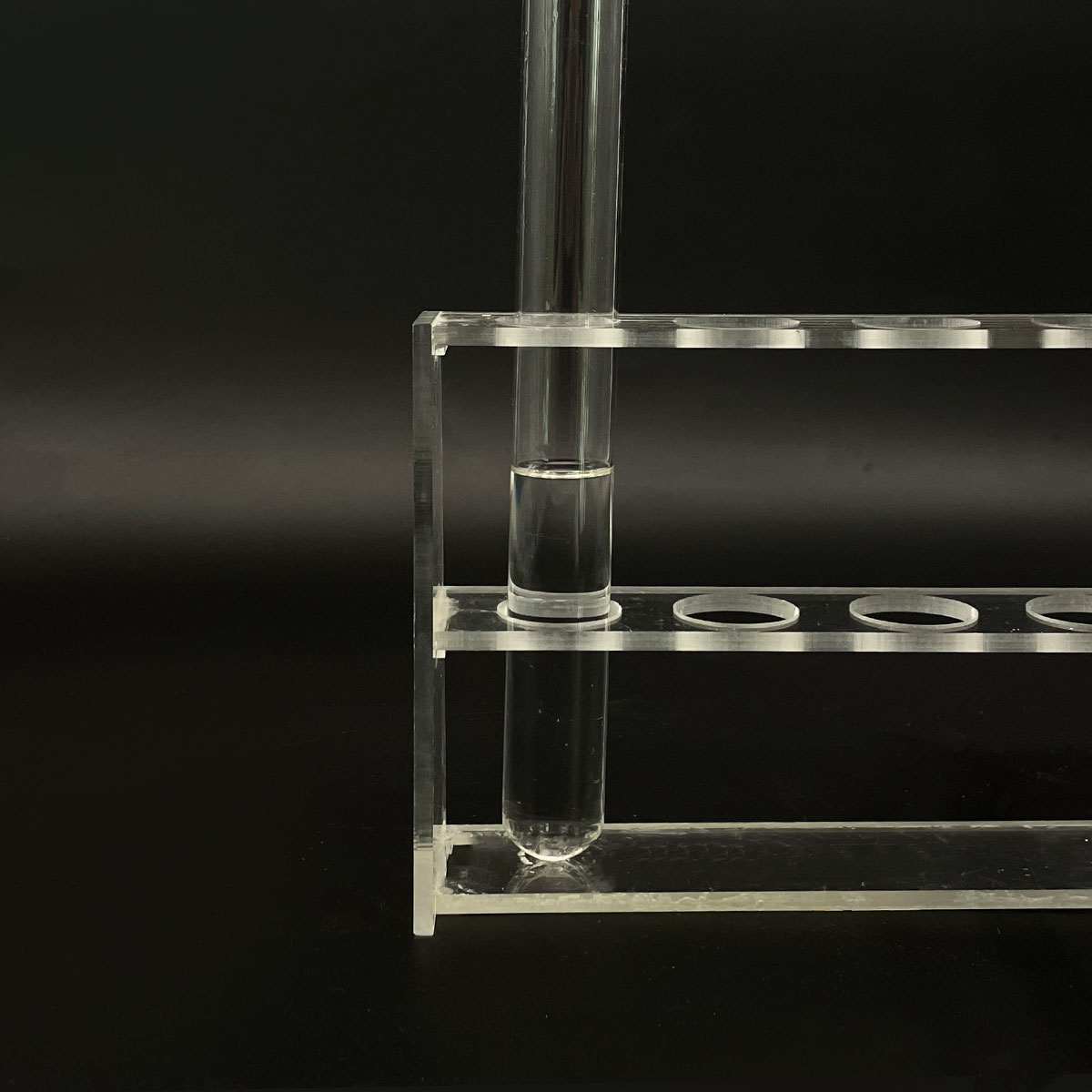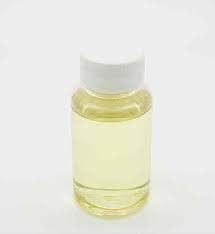1. Introduction
In the past 48 hours, a viral TikTok video reignited public concern over sodium lauryl sulfate (SLS) in everyday shampoos—claiming it causes scalp irritation and hair loss. While dermatologists quickly clarified that SLS is safe for most people when used as directed, the buzz highlights how little many consumers know about this common ingredient. Whether you’re lathering up with body wash or mixing a weed killer for your lawn, chances are you’ve encountered SLS or one of its close chemical cousins.

So, what exactly is sodium lauryl sulfate—and why is it in so many products? Let’s break it down.
2. What Is Sodium Lauryl Sulfate?
Sodium lauryl sulfate (SLS), also known as sodium dodecyl sulfate or natrium lauryl sulfate, is a powerful anionic surfactant. The term ‘surfactant’—short for ‘surface-active agent’—refers to compounds that reduce surface tension between liquids or between a liquid and a solid. This property allows surfactants to lift dirt, oil, and grime, making them essential in cleaning and foaming products.
Chemically, SLS is derived from lauryl alcohol (often sourced from coconut or palm kernel oil) and sulfuric acid, then neutralized with sodium hydroxide. Its molecular structure features a hydrophobic tail and a hydrophilic head, enabling it to interact with both water and oil—a hallmark of effective surfactants.
3. Common Uses of SLS
You’ll find sodium lauryl sulfate in a wide range of products:
- Toothpaste (for foaming and cleaning)
- Shampoos and body washes
- Dish soaps and laundry detergents
- Industrial cleaners
- Some herbicide formulations as a surfactant for weed killer or lawn wetting agent

Its strong cleansing and foaming abilities make it a go-to ingredient for manufacturers. However, its potency can also cause skin or eye irritation in sensitive individuals—which is why many brands now offer ‘SLS-free’ alternatives.
4. SLS vs. Similar Surfactants
Not all sulfates are created equal. Sodium lauryl sulfate is often confused with sodium laureth sulfate (also called sodium lauryl ether sulfate or sodium lauryl ether sulphate). While both are anionic surfactants, SLES is ethoxylated—meaning it’s been treated with ethylene oxide—which makes it milder and less irritating than SLS.
Other common surfactants include:
- Ammonium lauryl sulfate (ALS) and ammonium dodecyl sulfate: similar to SLS but with ammonium instead of sodium
- Sodium cocoyl isethionate and sodium lauroyl sarcosinate: gentler anionic surfactants used in ‘sulfate-free’ products
- Cocamidopropyl betaine (also called coco betaine or amidopropyl betaine): an amphoteric surfactant that boosts foam and reduces irritation
- Decyl glucoside and coco glucoside: non-ionic, bio-based surfactants derived from sugar and coconut oil
These alternatives are increasingly popular in natural and sensitive-skin formulations.
5. Understanding Surfactant Types

Surfactants fall into four main categories based on their charge:
- Anionic surfactants (like SLS, sodium dodecylbenzene sulfonate, sodium coco sulfate): negatively charged; excellent cleaners and foaming agents
- Cationic surfactants (like cetyl trimethyl ammonium bromide or CTAB): positively charged; used in conditioners and antiseptics
- Non-ionic surfactants (like polysorbate 80, Span80, Pluronic 127, poloxamer 188, ethoxylated alcohols): no charge; often used as emulsifiers or wetting agents
- Amphoteric surfactants (like cocamidopropyl betaine): can be either positive or negative depending on pH; mild and compatible with other surfactants
In agriculture, non-ionic surfactants like methylated seed oil or lignin sulfonate are commonly added to herbicides as a surfactant for herbicides to help the active ingredients stick to waxy plant leaves.
6. Safety and Alternatives
Despite online rumors, regulatory agencies like the FDA and EU Scientific Committee on Consumer Safety consider SLS safe in rinse-off products at typical concentrations (usually 1–15%). That said, those with eczema, rosacea, or sensitive skin may prefer gentler options.
Popular SLS alternatives include:
- Alkyl polyglucoside (APG): a bio surfactant made from renewable resources
- Sodium cocoyl glutamate and sodium lauroyl methyl isethionate: amino acid–based surfactants
- Coco sodium sulfate: a milder version of SLS derived from coconut
Brands like Rohit Surfactants Private Limited and others now supply a wide range of eco-friendly and skin-friendly surfactants for global markets.
7. Where to Buy and Final Notes
If you’re formulating products or simply curious, you can find sodium lauryl sulfate for sale from chemical suppliers worldwide. Just be sure to distinguish between SLS (sodium lauryl sulfate) and SLES (sodium laureth sulfate)—they’re often mixed up in labels like ‘sls sodium laureth sulfate,’ which is technically incorrect.
Remember: ‘sls sulfate,’ ‘lauryl sulfate,’ and ‘na lauryl sulfate’ all refer to the same compound—sodium lauryl sulfate. Meanwhile, terms like ‘sulfate laureth’ or ‘laureth sulphate’ point to SLES.
8. Conclusion
Sodium lauryl sulfate remains one of the most effective and economical surfactants in use today. While it’s not inherently dangerous, its strength means it’s not ideal for everyone. Thanks to advances in green chemistry, consumers now have access to a growing array of mild, biodegradable alternatives—from decyl glucoside to coco betaine—that deliver clean without the sting. Whether you’re choosing shampoo or selecting a surfactant for weed killer, understanding these ingredients empowers smarter decisions.
Our Website founded on October 17, 2012, is a high-tech enterprise committed to the research and development, production, processing, sales and technical services of ceramic relative materials such as Sodium. Our products includes but not limited to Boron Carbide Ceramic Products, Boron Nitride Ceramic Products, Silicon Carbide Ceramic Products, Silicon Nitride Ceramic Products, Zirconium Dioxide Ceramic Products, etc. If you are interested, please feel free to contact us.


